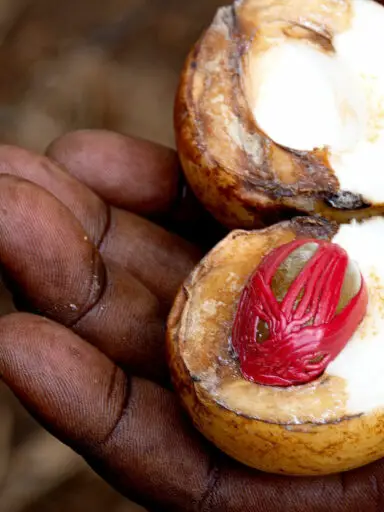The sweet potato also known as kumara is a delicious plant from the morning glory family. It produces large starchy, sweet tubers or root vegetables. The plant is primarily grown for its tuberous root although the young leaves and shoots are also eaten as greens.
The edible root usually ranges in shape and size but is normally elongated. It has smooth skin that could be anything from beige, brown, orange, purple, red, or yellow. The flesh, on the other hand, can be anything from orange, pink, purple, red, violet, or yellow.
Sweet potatoes closely resemble yams but are totally different vegetables. It is a distant relative to the potato. The more reddish the color the sweeter the root while the paler the flesh is the less sweet it tends to be.
The sweet potato is thought to have originated in Central America or South America regions. The largest producers of sweet potato today are China, Uganda, Nigeria, Indonesia, and Tanzania respectively.
This plant does well in warm tropical regions with plenty of rainfall. It requires well-drained soils and does not tolerate frost.
Sweet potato is available in markets all year. You need to purchase tubers that show no blemishes or bruises. They should have smooth skin and be firm to the touch. They should not have any mold or any sort of fungus growing on them. Also, check to make sure there is no sign of rotting.
Also avoid withered, wrinkled and soft roots. You can also tap the root and avoid those that sound woody as this makes them very fibrous and tasteless. Also, avoid root that has started sprouting as this doesn’t taste as delicious.
The roots should be stored in a cool, dark, well-ventilated, and dry place where they can keep for several days after harvest.
Preparation of Sweet Potato for Culinary Uses
They should be washed in cool running water to remove any dirt or soil. Sweet potato can be eaten raw with skin or cooked. To prepare it you can bake, steam, boil, fry, roast, grill, or toast the root. Depending on the recipe requirements you may need to remove the skin or keep it on.
Usually when used in soup, pie, and other dishes the skin is removed either before cooking or after. Cooking with skin helps retain more flavor.
During the cooking, one can mash, slice, dice, or cook them whole. This is one plant that has very few limits on how you want to prepare it.
Nutritional Benefits
Sweet potato is rich in starch and high in carbohydrates. It is, therefore, a good source of energy. It contains no oils and fats and also contains no cholesterol. It is a good source of dietary fiber as well. It is also a good source of antioxidants, vitamins, and minerals.
This root vegetable is a good source of certain B-complex vitamins such as pyridoxine and pantothenic acid. It also contains folates and niacin in addition to thiamin and riboflavin. Sweet potato is a very rich source of vitamin A.
As for minerals, it is a good source of manganese and iron. It also contains good amounts of calcium, magnesium, phosphorus, and zinc.




